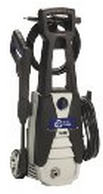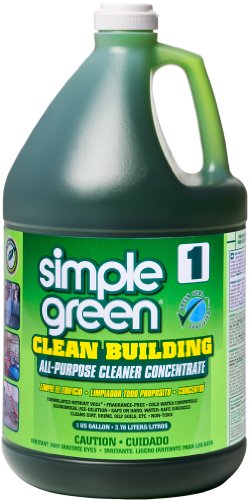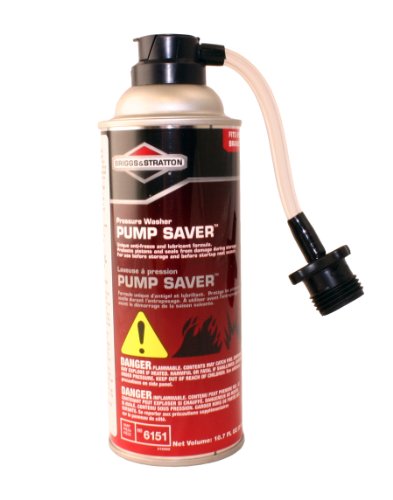 When it comes to pressure washer maintenance there really is not a whole lot to it. Just make sure you are changing the oil, stabilizing the gas with a fuel stabilizer like Stabil, and lastly preserving the pump.
When it comes to pressure washer maintenance there really is not a whole lot to it. Just make sure you are changing the oil, stabilizing the gas with a fuel stabilizer like Stabil, and lastly preserving the pump.
I recommend using the Briggs & Stratton Pressure Washer Pump Saver. You do not have to use this every time you are using your pressure washer, but if you are going to be storing it for a long time it is a good idea to help protect your pressure washer pump.
Some pressure washer manuals tell you to apply this every time you are finished power washing. I find that to be overkill even though it is a very cheap product. The only time I apply the pump saver is when I am winterizing the pressure washer or not going to be using it for more than a few weeks.
The pump saver protects your engine’s pistons and seals them from damage. It uses a special anti-freeze and lubrication formula that blocks out moisture and prevents cracking.
It also is going to lubricate your o rings and seals so they do not dry rot, freeze, crack, and burst.
I am sure you know what happens to water in the winter. It turns to ice and expands. The pump will not expand if it has ice inside and will freeze and crack. Then you need to replace the pressure washer pump and that can get expensive and difficult to do.
So if you are going to be storing your power washer for an extended amount of time you will want to use the Briggs and Stratton pump saver.
It is also beneficial to reapply it during the startup of the new season to help your pump run in tip top shape.
Now you may be thinking do I have to use a specific brand of pump saver? The answer is no. My main pressure washer is not a Briggs & Stratton, but I prefer their pump saver over my washer’s specific brand based on the fact that I can get it from Amazon for cheap and within a few days.
Using the pump saver is super easy. I have included a video below so you can see just how easy it is.
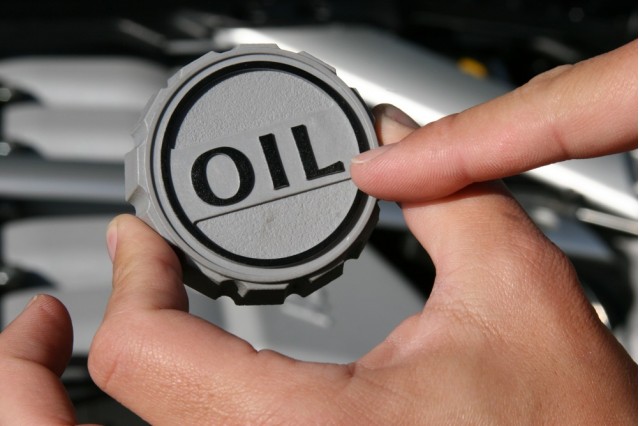
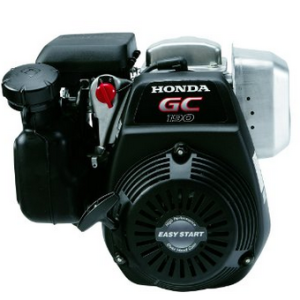 The first component of a pressure washer is the motor, which powers the pump, thereby increasing the pressure of the water that comes from your garden hose. The water pressure is measured by PSI (pounds per square inch). In this regard, the higher the PSI, the higher the force of the water it produces.
The first component of a pressure washer is the motor, which powers the pump, thereby increasing the pressure of the water that comes from your garden hose. The water pressure is measured by PSI (pounds per square inch). In this regard, the higher the PSI, the higher the force of the water it produces.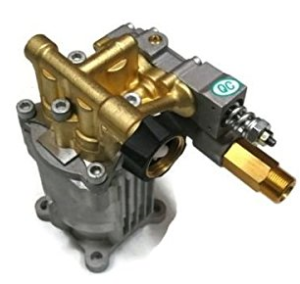 The second component is the pump, which I have stated before is the
The second component is the pump, which I have stated before is the 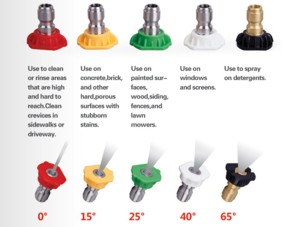 The third component is the nozzle tip, which releases the pumped water onto the surface. Most pressure washers have a few nozzle tips that you change according to the surface you are cleaning. You will notice a color or labeling on the nozzle tips, written in degrees, which indicate the strength and width of the fan spray. A high degree means that the nozzle tip has a wide spray fan, and it suitable for cleaning soft surface like wood. On the other hand, a smaller degree means that the nozzle tip releases a narrow spray fan, and it is suitable for removing stubborn stains such as brick and concrete surfaces. These nozzle tips come in different colors. In most cases, red colors signify a strong spray while white nozzle tip is for delicate surfaces.
The third component is the nozzle tip, which releases the pumped water onto the surface. Most pressure washers have a few nozzle tips that you change according to the surface you are cleaning. You will notice a color or labeling on the nozzle tips, written in degrees, which indicate the strength and width of the fan spray. A high degree means that the nozzle tip has a wide spray fan, and it suitable for cleaning soft surface like wood. On the other hand, a smaller degree means that the nozzle tip releases a narrow spray fan, and it is suitable for removing stubborn stains such as brick and concrete surfaces. These nozzle tips come in different colors. In most cases, red colors signify a strong spray while white nozzle tip is for delicate surfaces.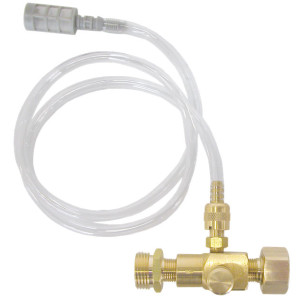 The forth component is the injector, which is the additional tubing that allows you to put detergent or degreaser into the spray. Not all pressure washers are going to have this function. However, a lot of the popular models will have a built in soap container, or they will have a tube that connects to the pump that you put into your cleaning liquid. The pressure washer is smart enough to dilute the detergent so that you can make sure you are not over applying soap to the surface you are cleaning.
The forth component is the injector, which is the additional tubing that allows you to put detergent or degreaser into the spray. Not all pressure washers are going to have this function. However, a lot of the popular models will have a built in soap container, or they will have a tube that connects to the pump that you put into your cleaning liquid. The pressure washer is smart enough to dilute the detergent so that you can make sure you are not over applying soap to the surface you are cleaning.